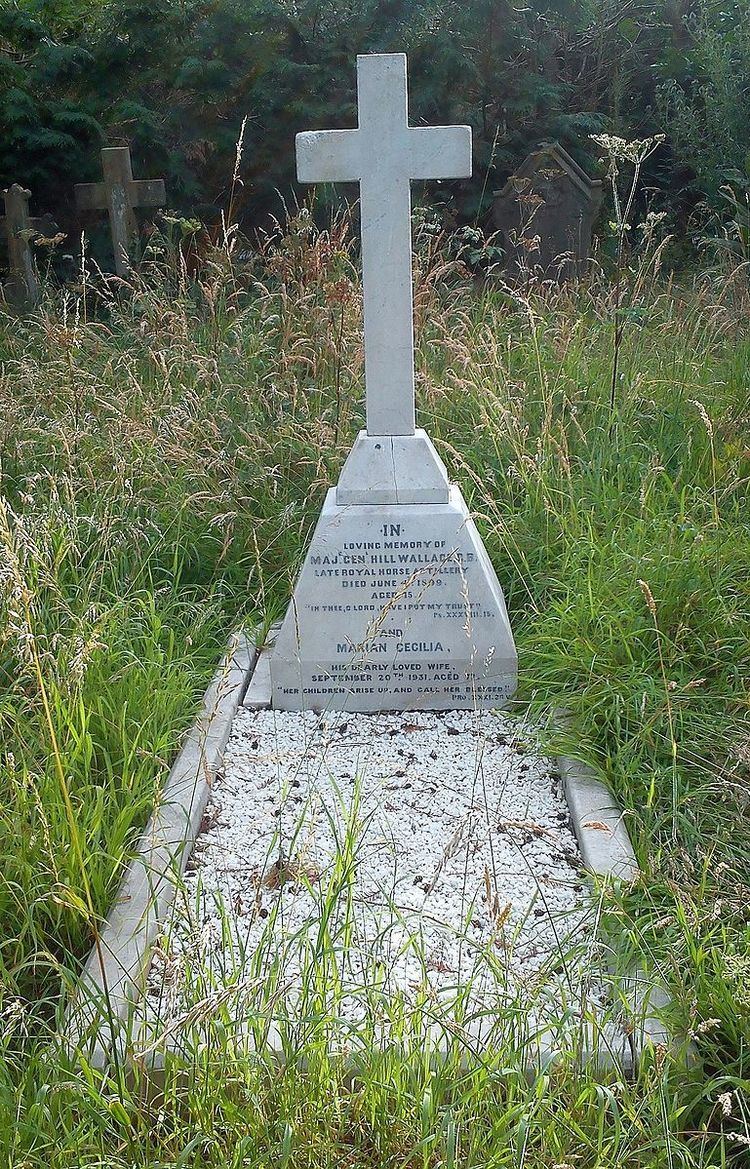Type Horse Artillery | ||
 | ||
Active 1 February 1793 – present Role The King's Troop - Ceremonial1st Regiment - Field Artillery3rd Regiment - Field Artillery7th Regiment - Airborne Artillery Size Three Regiments and one Ceremonial Battery plus affiliated TA Units | ||
The regiments of the Royal Horse Artillery (RHA), dating from 1793, are part of the Royal Regiment of Artillery (commonly termed Royal Artillery) of the British Army. Horses are still in service for ceremonial purposes but were phased out from operational deployment during the 1930s.
Contents
Almost all the batteries of the Royal Horse Artillery have served continuously since the French Revolutionary Wars or Napoleonic Wars, except the King's Troop which has existed since 1946 and M Battery which was 'reanimated' in 1993.
History
In 1793, in the course of the French Revolutionary Wars, Great Britain and allied European powers declared war on France over French occupation of the Rhine delta and Antwerp, precipitating the Flanders Campaign. Britain remained in conflict with France for almost 22 years, during which time significant progress was achieved in artillery development. The first two troops of Horse Artillery (A –later entitled "The Chestnut Troop"– and B) were raised in January 1793 at Goodwood, East Sussex, by the Master-General of the Ordnance, the 3rd Duke of Richmond, to provide fire support for the cavalry. They were joined by two more troops in November 1793. Each troop had six 6-pounder guns. All RHA personnel were mounted. Included in the establishment were 45 drivers and 187 horses, making it the first self-contained fighting unit of artillery.
Initially, horses were hired with civilian drivers. In 1794 a Driver Corps was raised which, however, did not formally become a unit of the Royal Artillery until after Waterloo. There were many disadvantages of the divided control until horses and drivers were organised into the RHA troops. Another development was the formation of a headquarters staff providing a channel between the regiment and the Board of Ordnance. Captain John Macleod was the first brigade major and became the first deputy-adjutant-general in 1795. By 1806, eleven troops had been formed, with ten companies of the Royal Irish Artillery incorporated, as the Seventh Battalion, after the union with Ireland in 1801.
The regiment wore light cavalry uniforms of blue with gold lace and red facings. Their overalls were grey with a red stripe and on their heads they wore the distinctive Tarleton helmets. If needed, they carried 1796 light-cavalry sabres or their own semi-official RHA 1796P sabre.
The RHA has acquitted itself with distinction in the great wars of two centuries, the Napoleonic Wars, the Indian Mutiny, the Crimean War, the Peninsular War, the Anglo-Zulu War, the Boer War, World War I and World War II.
In 1859, the term "battalion" was replaced by "brigade". (This in turn was replaced by "regiment" in 1939.) The five Horse Artillery brigades consisted of two batteries each. Between 1899 and 1924, the Royal Artillery was divided, with the creation of the Royal Field Artillery which utilised horse for its medium-calibre guns.
When the Territorial Force was created in 1908, artillery units of the old Volunteer Force were converted into foot, horse, and garrison batteries. There were 14 batteries of horse artillery, 12 of which belonged to the RHA, the remaining two being provided by the Honourable Artillery Company. Territorial batteries were of four guns each rather than the six guns of regular batteries. The principal weapon of Territorial RHA units was the Ordnance QF 15 pounder although the Ordnance BLC 15 pounder was issued to some second-line RHA units formed in 1914.
At the outbreak of World War I the regular RHA comprised twenty-five batteries, eleven of those serving in India with the Indian Army. They were equipped with the Ordnance QF 13 pounder.
In the 1920s, development of trucks and track vehicles brought an end to operational use of horses. By 1927, medium artillery was drawn by tractors instead of heavy draught horses. By 1937, nine field brigades had been mechanised as well as a brigade of RHA. The last battery to be mechanised was K Battery, in 1939. Today, the ceremonial King's Troop alone retains the glamour of the mounted batteries.
At the onset of World War II, recruits were instructed that "the role of the Royal Artilleryman is, as it has ever been, to fight his gun, forgetful of self, to the last round in support of other arms."
The RHA today
There are currently four separate regiments that wear the cypher (cap badge) of the RHA:
The Royal Horse Artillery has provided the Queen's Guard on three occasions:
The King's Troop provides the Queen's Life Guard in Whitehall for three weeks in August each year while the Household Cavalry Mounted Regiment goes away for summer training.
Alliances
Order of precedence
When on parade with its guns, the Royal Horse Artillery takes precedence over all. Without its guns, the Household Cavalry alone precedes the RHA.
